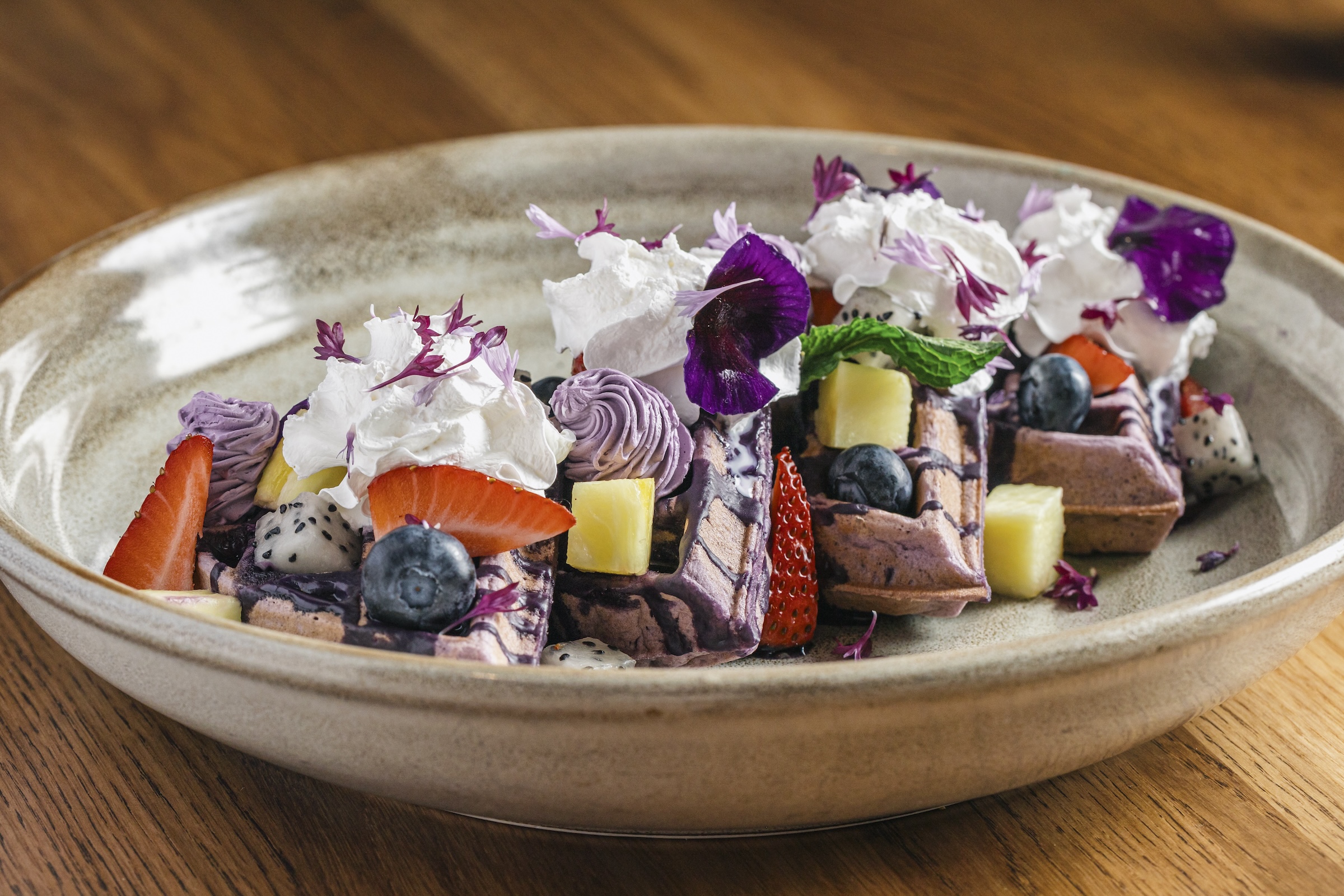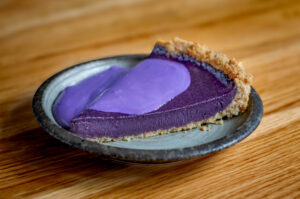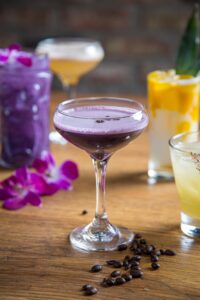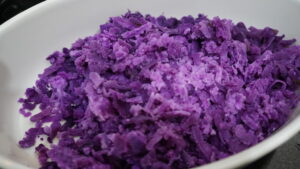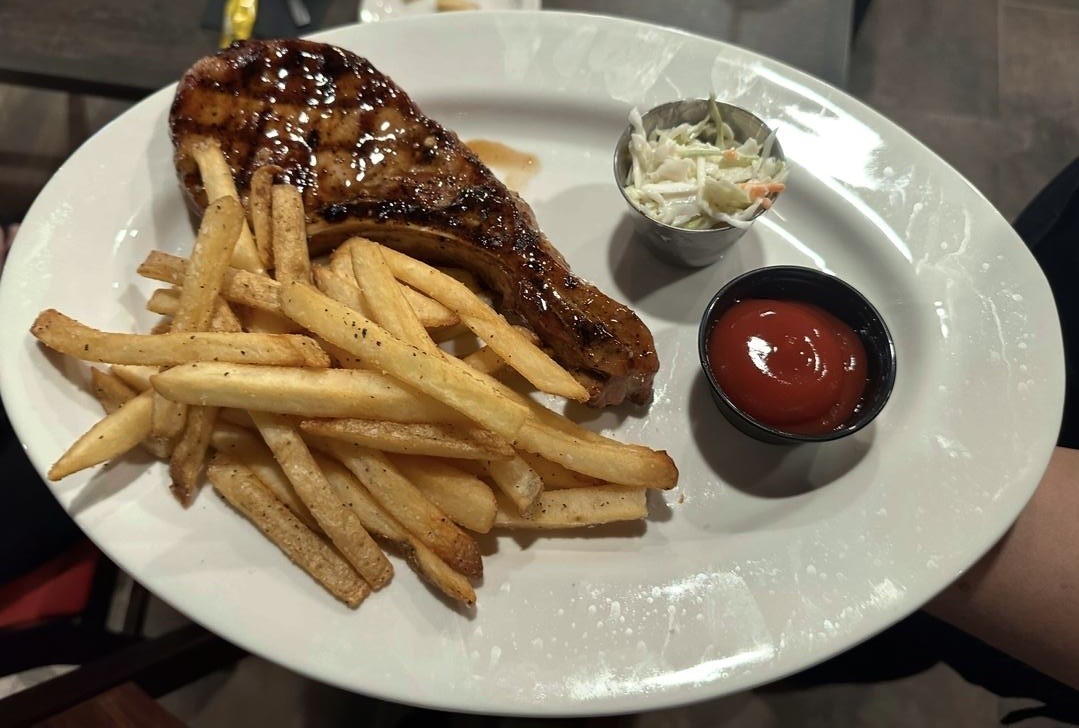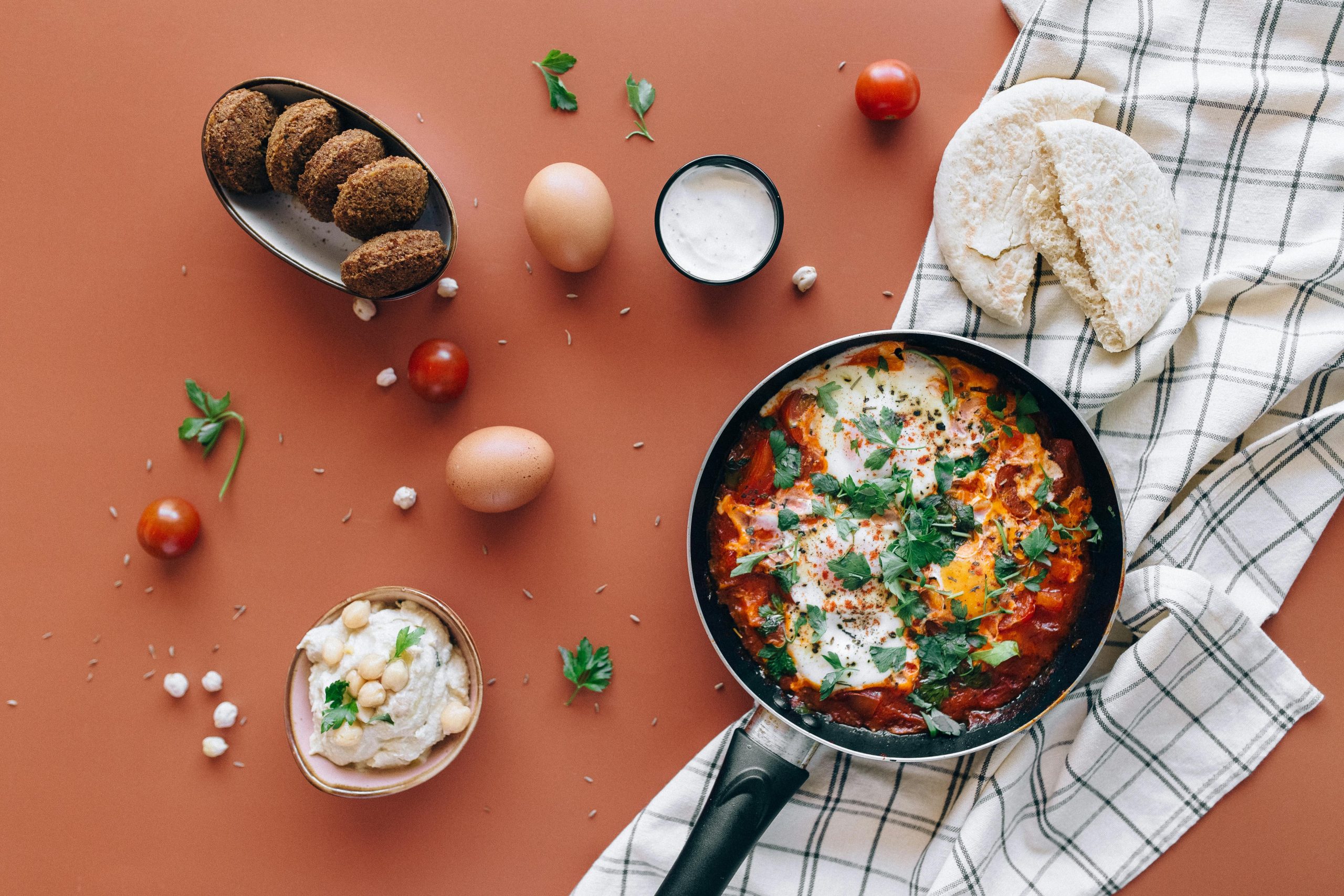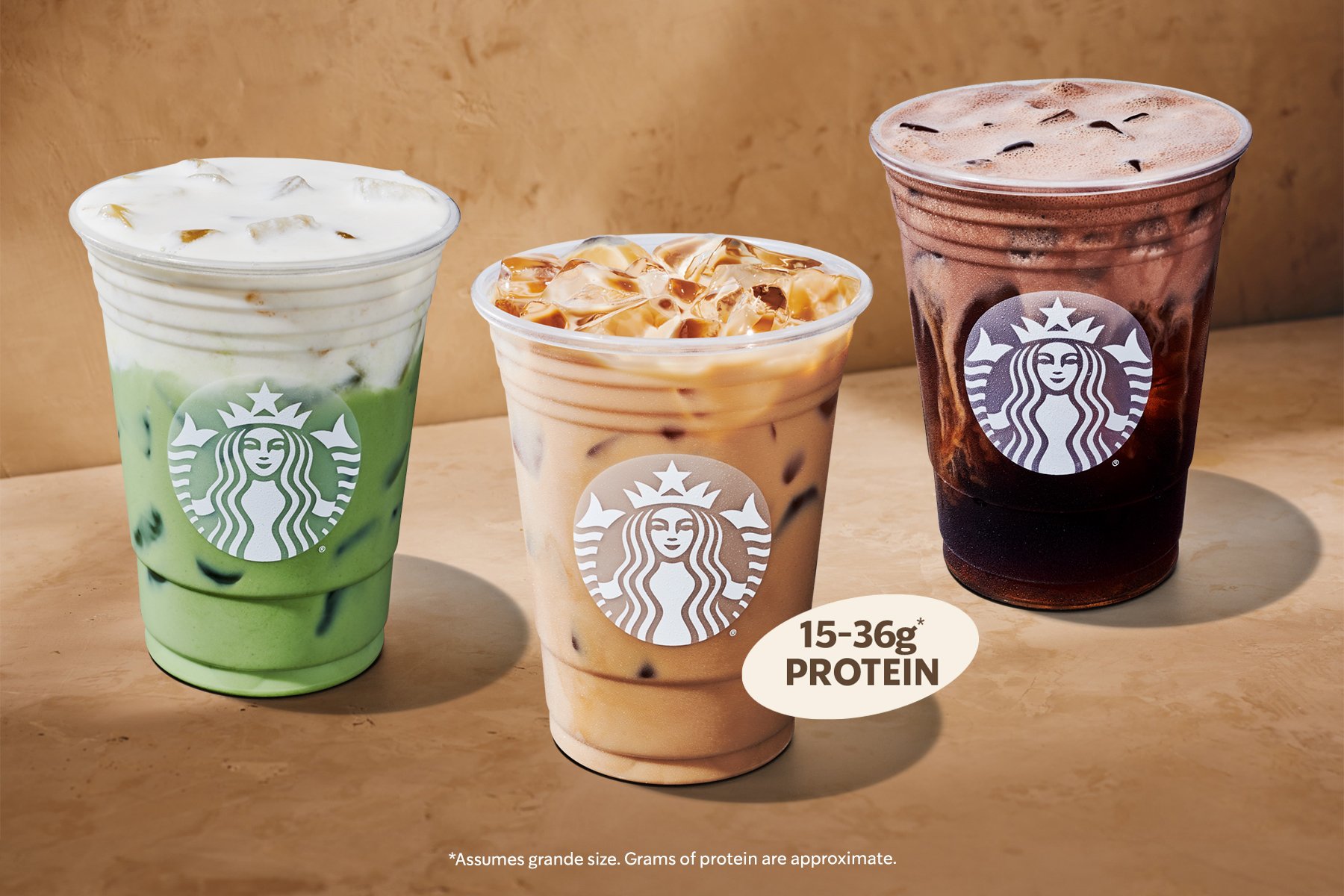Americans’ cravings for global flavors haven’t wavered, and they’re especially hankering for a taste of the Philippines these days.
“Filipino cuisine is gaining real traction, not just on menus but in culture. At Tag, we’re seeing a sharp rise in demand, nearly 50% over the past year, driven by Gen Z and culturally curious consumers who are looking for bold, authentic flavors,” Adrienne Panis, senior test kitchen specialist at Tag, told FI.
Recently, one particular ingredient has carved out a place for itself on drink and dessert menus, as well as retail shelves: ube.
The vibrant purple tuber has emerged in intriguing applications ranging from latte kits and mochi pancake mix to waffles and martinis.
“Ube is more than just a trendy flavor. It’s a part of us Filipinos growing up in the Philippines,” said Eric Valdez, executive chef and partner at Naks, a New York City restaurant that describes itself as “a love letter to Filipino comfort food” on its website.
“Ube is a nostalgic, versatile, and vibrant ingredient for me. You can use it for a sweet or savory dish. Seeing it embraced here feels like a piece of home finally being understood and celebrated,” said Valdez, who was born and raised in Makati, Philippines.
Currently, there are two ube-laden items on the Naks menu:
- The Ooh, Bae! cocktail featuring aged coconut rum, ube, cultured coconut, cream, pandan, and club soda
- Ube Cheesecake featuring a buttery Fita cracker crust topped with ube cream
Valdez isn’t the only Filipino chef who’s excited to see all the hype surrounding ube these days.
“As a Filipino-American who grew up eating ube as a kid both while visiting family in the Philippines, and at home in Chicago (where other kids made fun of us for it), it’s been incredibly exciting to see the rise of ube in the mainstream. It’s more than just a trend; it’s a powerful connection to our culture, heritage, and storytelling through food,” said Billy Dec, CEO and founder of Sunda New Asian, a restaurant with locations in Chicago, Nashville, and Tampa.
“We introduced ube 16 years ago in our Halo-Halo, and some other examples include our Ube Waffles and Japanese Fried Chicken for brunch, and our Ube Espresso Martini that has somehow gone viral twice. These dishes allow us to share the essence of unique Filipino ingredients, tradition, and heritage in a modern, elevated way that resonates with both first-timers and those who grew up with it,” Dec told FI.
So, what’s behind ube’s growing popularity?
“Social media has played a huge role. Ube’s purple color is incredibly eye-catching and naturally photogenic, which makes it perfect for visual platforms like Instagram and TikTok,” Dec told FI.
However, ube’s appeal goes beyond its aesthetic flair.
“It’s the flavor – subtly sweet, earthy, and comforting – that keeps people coming back. It’s familiar enough to be accessible but unique enough to feel like something new. For many, ube is their first taste of Filipino food, and it’s opening the door to even more discovery and appreciation of our culture,” added Dec.
Chef Maricel Gentile has built her life and New Jersey-based restaurant, Maricel’s Kitchen, around sharing and teaching about authentic Filipino cuisine – and while she’s also excited to see ube in the mainstream, she says that many trendy ube products rely on food coloring and artificial flavors rather than the actual root.
“That’s why when I go back to the Philippines, I make fresh ube halaya from real ube tubers while I’m there. Because of agricultural import restrictions, I can’t bring raw ube into the USA, so I prepare the halaya myself and bring it back. That way, I can teach the real taste and tradition of ube, just like we do back home,” Gentile told FI.
“I teach my students what real ube is, the root vegetable Dioscorea alata. We show them the raw purple yam and how to steam, mash, and transform it into ube halaya – a rich, velvety jam made with ube, coconut milk, condensed milk, and butter that’s slow-cooked and lovingly stirred until thick, creamy, and deep violet.”
The Food Institute Podcast
Several economic headwinds indicate the consumer is being financially stretched, but we all need to eat – so what are consumers actually buying at the grocery store? Nik Modi of RBC returns to The Food Institute Podcast to discuss channel differentiation, consumer product selection, and other macro trends.


